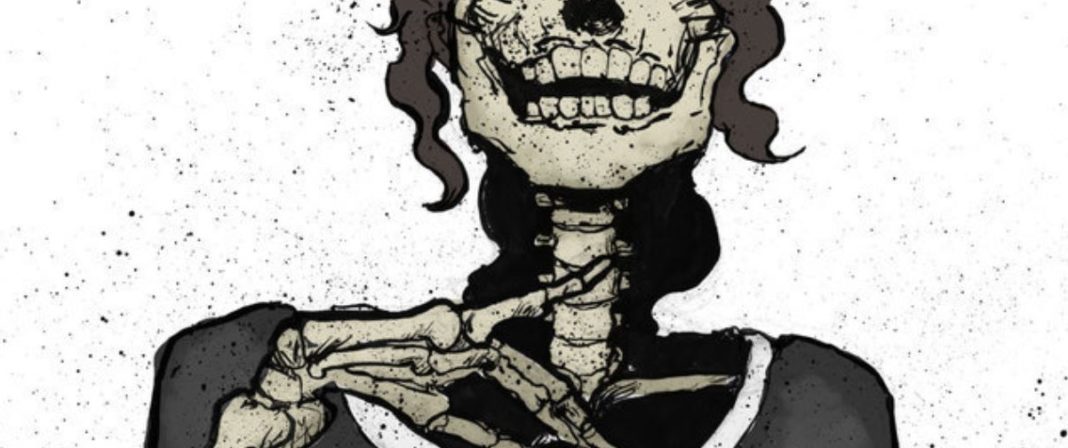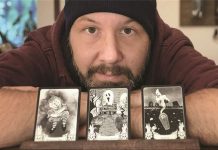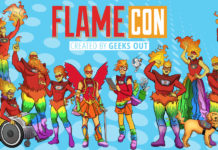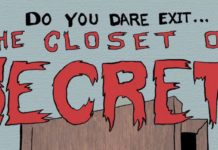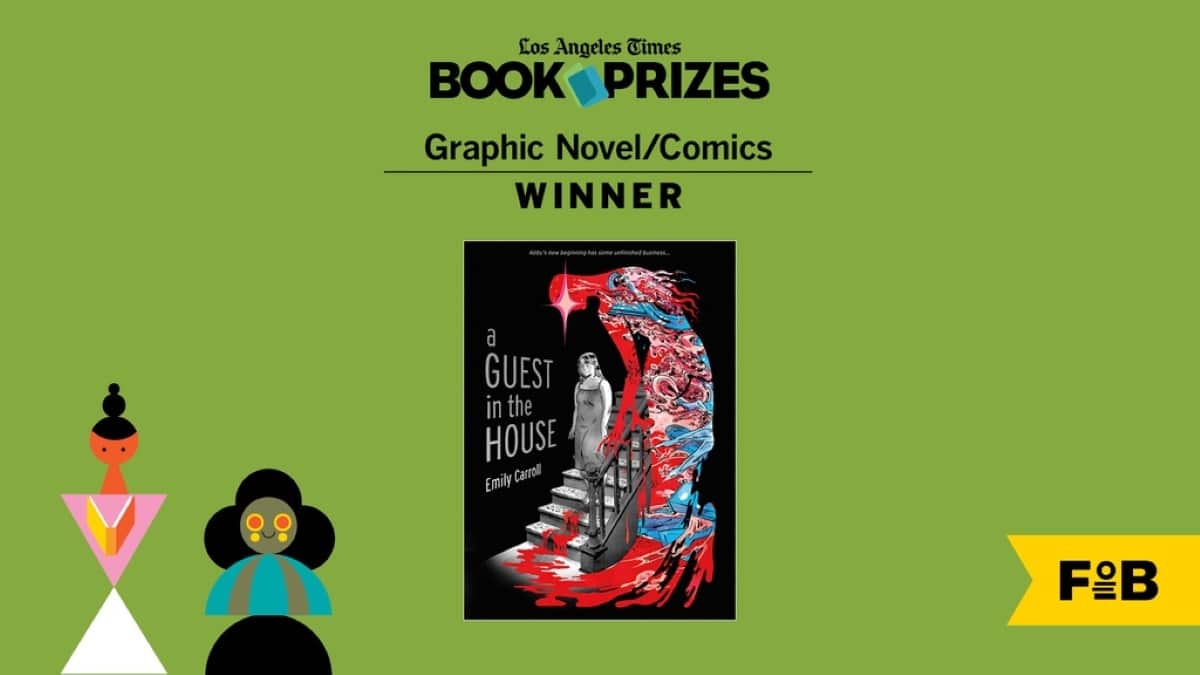This year’s edition of Flame Con, hailed as the world’s largest LGBTQ comic con, was aggressively creative and expansive, but it was in queer horror comics that I saw the largest leaps in storytelling.
I take the growing presence of horror fiction in any community as a sign of progress. When horror becomes a sound box for a still marginalized community, as is the case with the LGBTQ community, the kinds of fiction that come out of it take up a combative sense of purpose. Not only do we get to see stories about the monsters that come out of discrimination and gender violence, but also about the monsters that can come out of identity politics and the community’s frustrations.
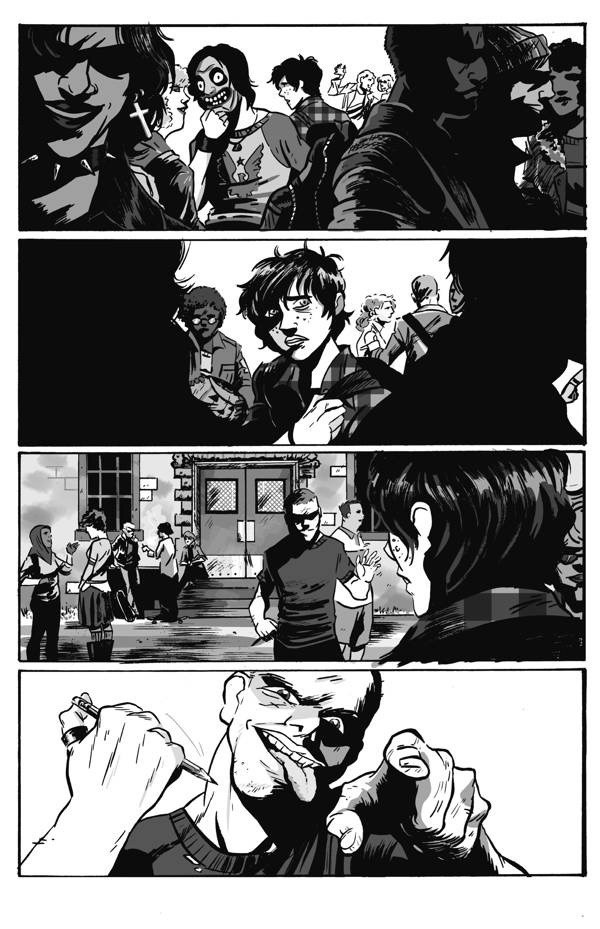
Queer characters don’t have to settle with being the victims of monstrous gender phobias. They can also be the creatures that fight back, being as gruesome and as violent as the injustices the LGBTQ community has endured.
This point of view was discussed head-on and without restraint as part of Flame Con’s Saturday programming in a panel called “Sickening! Queer Horror Comics.” Justin Hall (Hard to Swallow) moderated the panel of queer writers, which included Mariko Tamaki (Skim), Tina Horn (Safe Sex), Jennifer Camper (What Your Furniture is Thinking), Melanie Gillman (The Other Side), and Jen Hickman (Moth and Whisper).
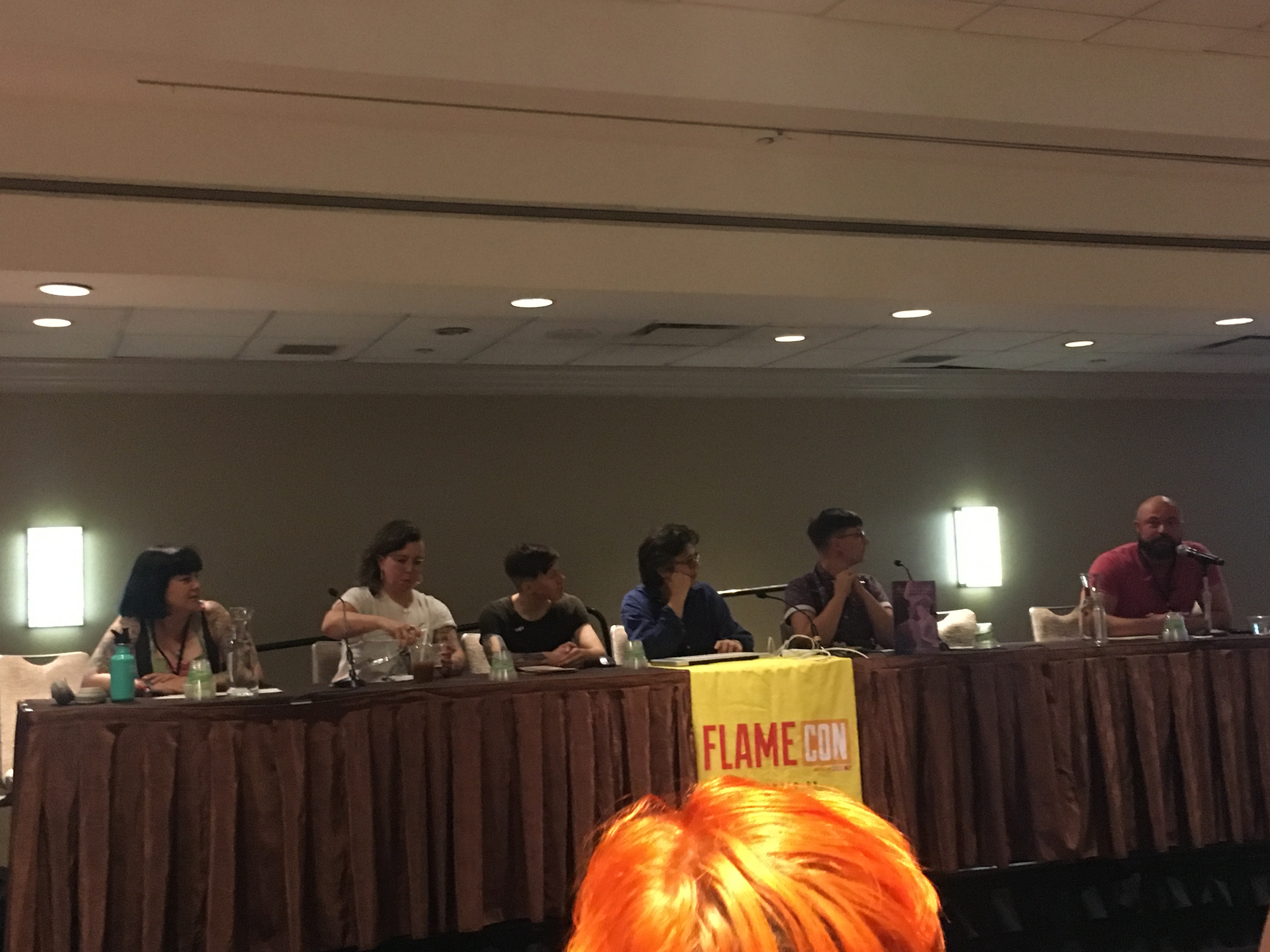
The panel was on the same page for one very important thing queer horror can give its readers: catharsis. Tamaki, for instance, said that a queer perspective begs the questions of “who gets punished in horror now?” She added, “Queer writers can change outcomes, switch tropes. We don’t have to resort to the ‘woman alone’ trope, keeping women as the fodder of horror. We can create new ‘jocks’ and new ‘cheerleaders,’ so to speak, to play with new archetypes within the queer perspective.”
Tina Horn steered the conversation to the question of a writer’s treatment of queer characters, on their safety. “We have to deal with not being precious with queer characters,” Horn declared. “It’s about stakes when dealing with character deaths.”
The panel was adamant on not looking at queer horror as a kind of safe space, as I interpreted it. Horror has to be dangerous for all involved, and queer characters must navigate all of it, as survivors, killers, victims, and monsters.
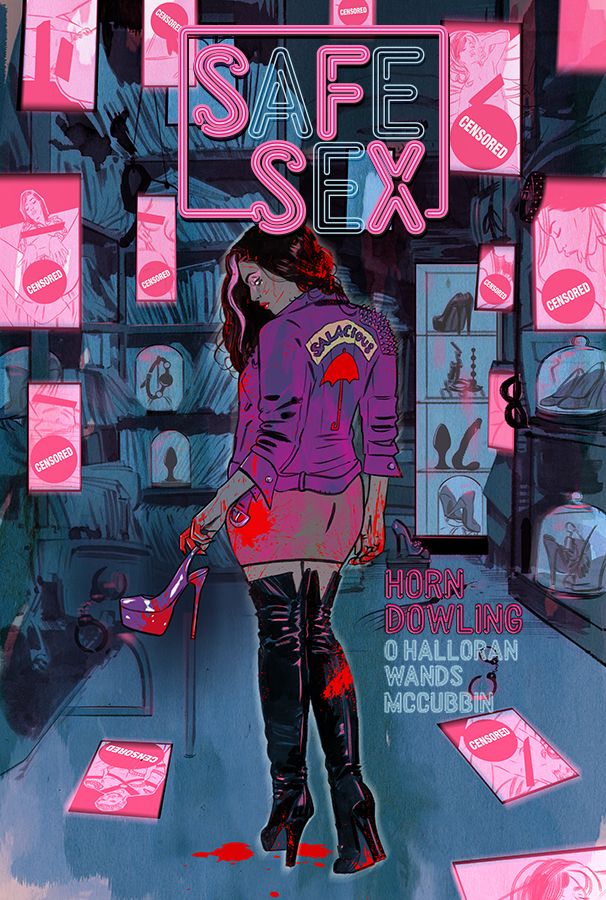
Melanie Gillman addressed the limits of queer horror and whether there should be any. Commenting on YA horror and what it can do, Gillman said creators and publishers “have to recognize that audiences are capable of dealing with scary stuff. Horror is a primal emotion. We must respect the audience. They are capable of engaging with all types of text.”
Jennifer Camper expanded on the horrors that can come out of queerness and why they should be explored: “Queer horror can be very cathartic. It can help digest certain experiences.” Camper added, in one of the panel’s most memorable exchanges, “Horror should belong to the marginalized.”
This idea has been getting more traction as the genre evolves. While horror has been quite white for many a decade, some of its most terrifying tales come from the violence thrust upon characters that have either been bullied (It), the targets of male violence (Halloween), or persecuted due to their race or gender identity (Get Out, Nightbreed). Queer horror seems to be the perfect place to broaden the horizons on the violence, fears, and monsters to which the experience of the oppressed can give life.
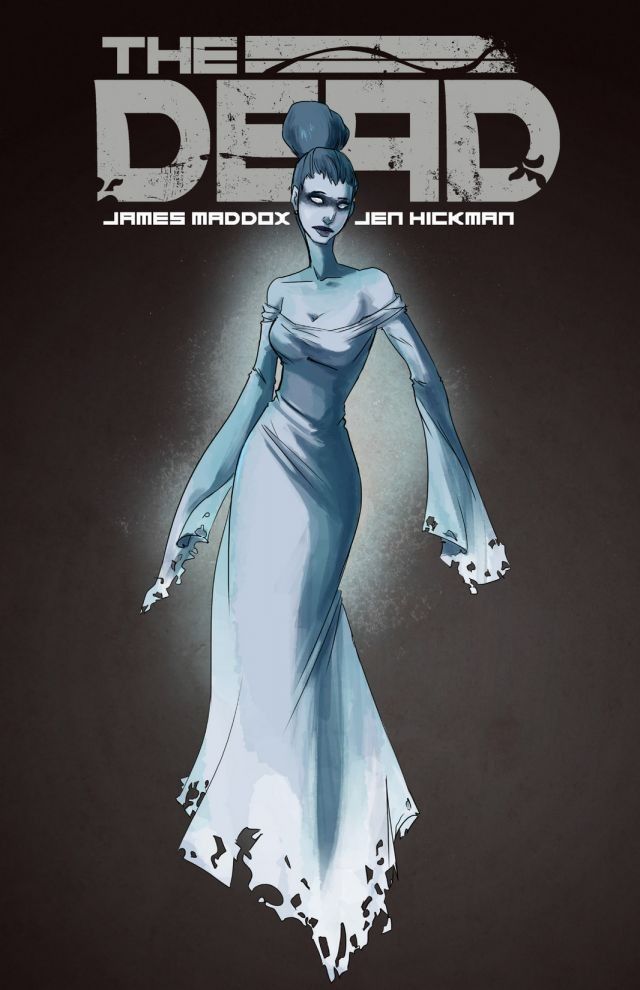
Jen Hickman spoke to the “physical adrenaline of horror.” Hickman commented how dystopian settings can prove to be fertile ground for queer horror based on how violently it suppresses the manifestation of sexual preferences and identities. They said, “Institutional horror can feel very banal. Erotica can helps us get under the skin of the reader to have them feel what it’s like to be denied being themselves.”
In this regard, Justin Hall noted that the gutter — the space between the panels in a comic book page — is where “we can let our sadism loose.” Not everything has to be shown. There has to be space left for imagination so that readers can insert their experiences and filter horror through their own perspectives.
This panel was important. It was necessary. It was a very honest look at queerness in horror that reveals a lot about the anxieties many have when dealing with queer or Latinx or Black and Brown characters in their stories, whether it’s from a creator’s or a reader’s view. Can we be monsters? Can we still be victims? Do we have to be worried about bleeding into controversy? Where do we draw the line on risk? Does a line even exist?
In my opinion, it all comes down to the story and how clever it is when navigating these questions, even going beyond them. Here is a look at some of the comics I found at Flame Con that serve as evidence of the risks and ideas one can indulge in with queer horror.
1. Vampires Will Never Hurt You, by Jude Vigants
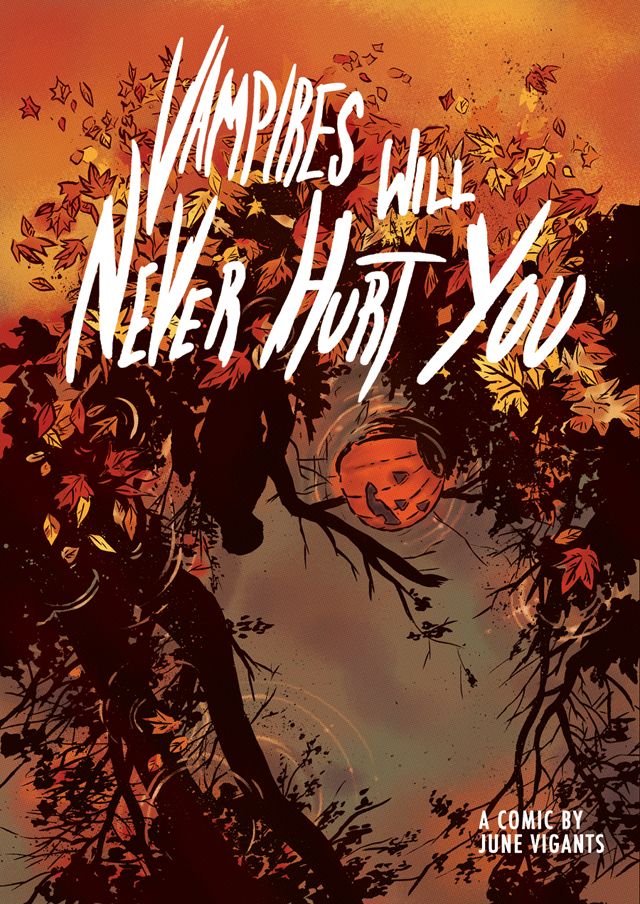
This comic is one short but visceral experience. This is interesting because much of its horror and its violence is kept under the skin, except in one specific scene which I will not spoil. It tells the story of Jamie, a nonbinary teenager, and their best friend Vicky in Halloween night. The neighborhood bully has been particularly nasty leading up to Halloween and Jamie has decided not to go out trick’r’treating. Vicky decides to go out, regardless of whether the it’s safe or not, but finds that Jamie has decided to come out as well in full costume. The question is, is it Jamie beneath the costume? Is there someone or something else behind the cheap mask they are wearing?
Vampires Will Never Hurt You is a thoughtful story that finds monsters in the least suspected places. Where the monster’s alliances fall makes for a great and terrifying story that ties into the queer experience beyond the realm of victimhood.
2. Eldritch Animals, by Mara Jayne Carpenter
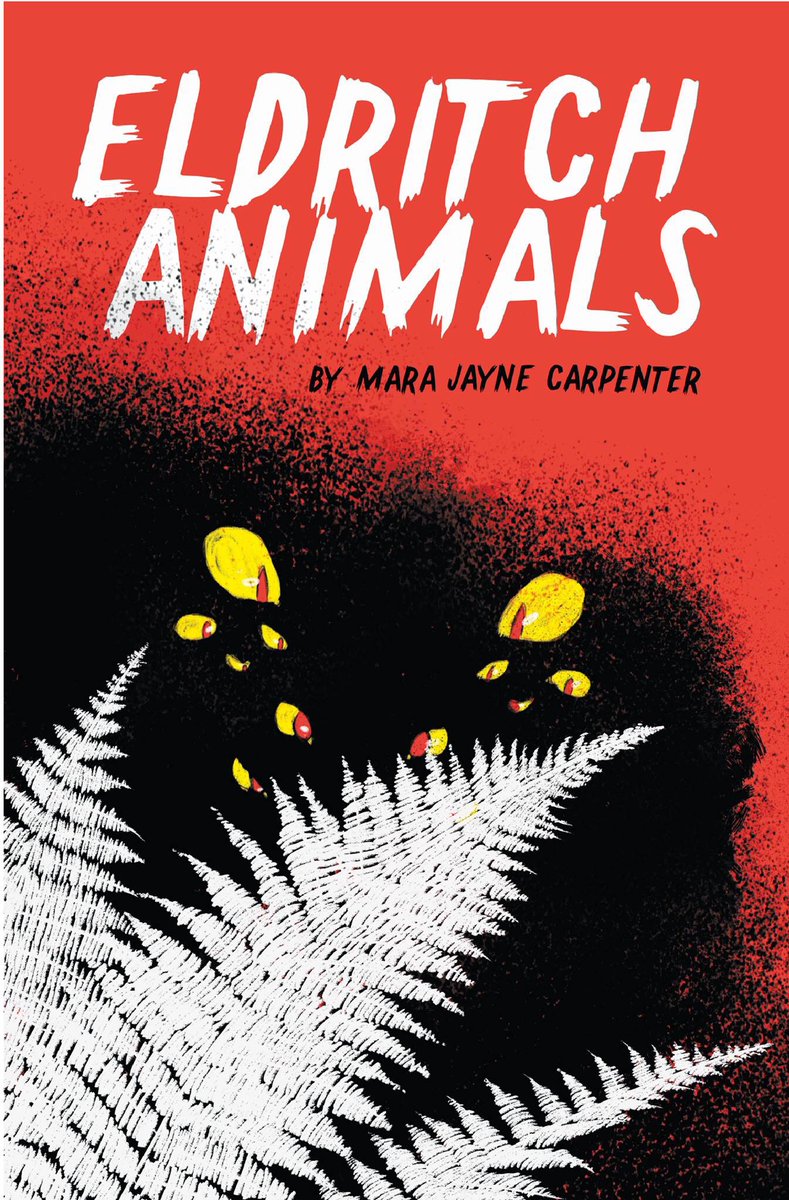
This book became one of the most satisfying finds of the convention. It’s a National Geographic-like book concerning itself with the ‘scientific study’ of real endangered animals and the Lovecraftian monsters they protect us against. The book comes with a warning to the reader of the dangers of seeking or summoning said creatures. It features profiles of real animals and how they fight back the creatures of The Void, different versions of the featured animals with added mouths and eyes in their designs. There’s an entry for the Great White Shark which is anything but white, has eyes on its mouth, marks on its skin that only hint at a well concealed darkness.
Eldritch Animals is a fun read and its Emily Carroll-esque illustrations invite extended stays on each of the creatures profiled in it. Carpenter said that if a sequel were ever to come out it would delve deeper into eldritch marine biology.
3. In the House of Feasts, written by Joven Tolentino and illustrated by Daniel Ramírez
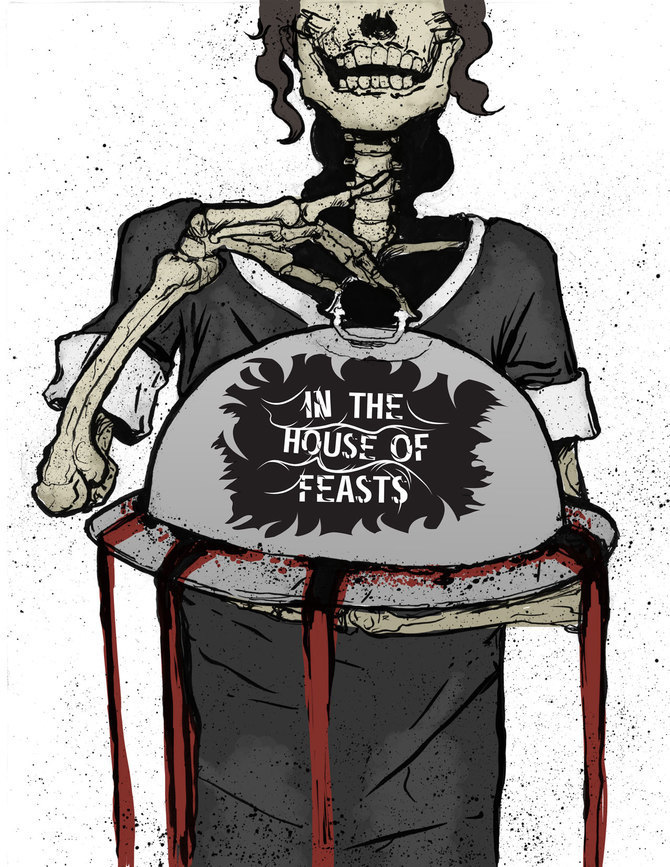
Tolentino and Ramírez approach queerness in their horror as status quo. In the House of Feasts is a story about a queer paranormal squad that face ghosts and demons in a house that is haunted by a violent history. That history is rooted in the Civil War and in the hidden racial horrors that lurked behind that war. This blend of queer horror in the service of racial commentary unravels in an organic way that makes sense. The characters face a manifestation of discrimination that finds common ground in all marginalized groups. The creature design definitely captures how terrible racism and discrimination were and still are and the story opens up different avenues of exploration that speaks to the wide berth of storytelling possibilities queer horror generates.
Some of these comics have been out in the ether for a while, but conventions such as Flame Con are great for discovering some amazing comics that should’ve been discussed more when they came out.
Queer horror is here to stay and there are some strong claims queer writers can stake in the wider horror genre. Flame Con should make sure horror comics and horror panels become a mainstay in their show. There’s a lot to learn in the things that make us feel unsafe.


